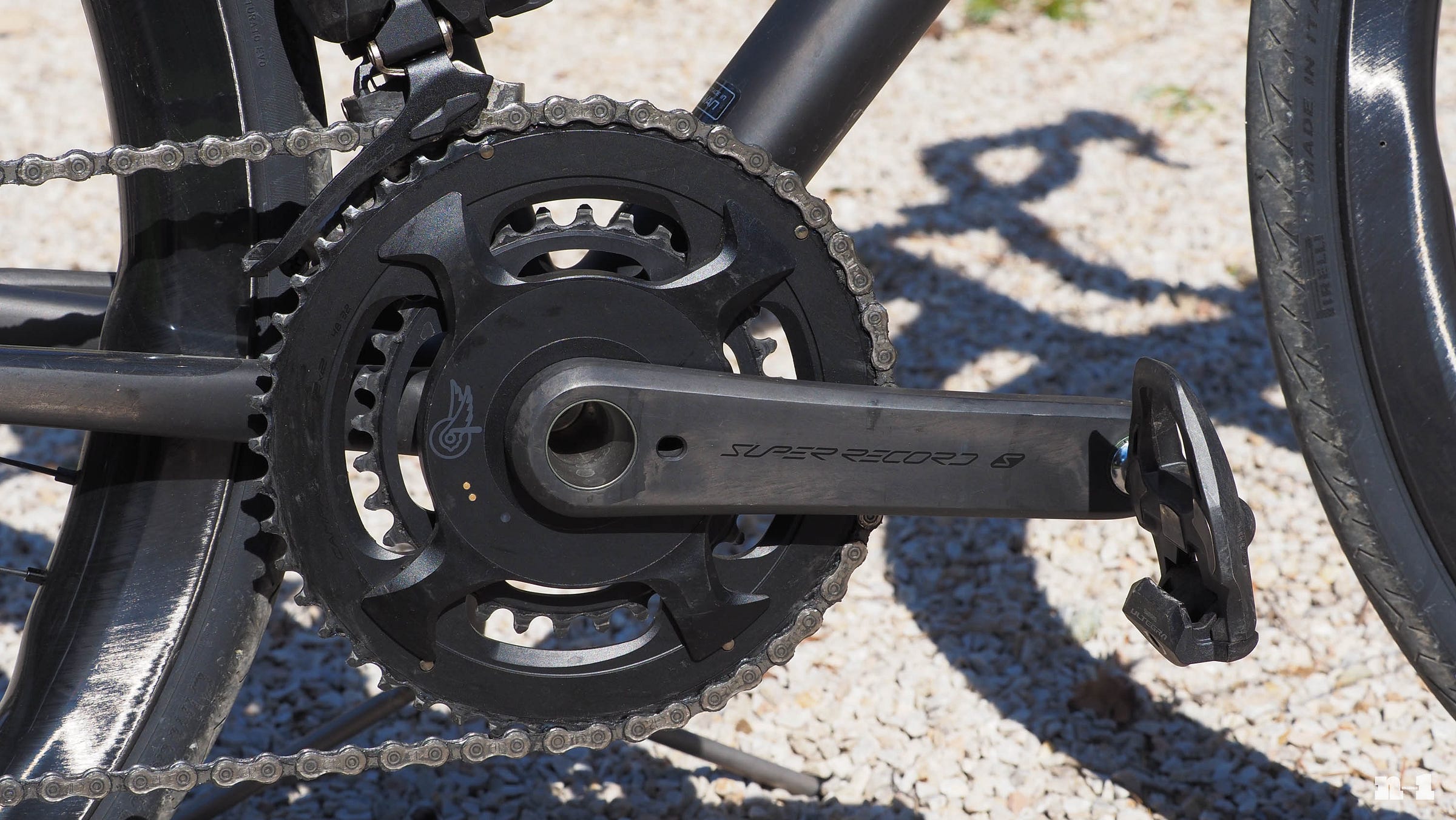Campagnolo needs more than a 13th sprocket and some thumb buttons
The upcoming flagship wireless groupset revamp looks promising, but it’s still a steep, uphill battle ahead.
Photos have been circulating around the internet in recent weeks of sponsored teams riding an as-yet-unreleased Campagnolo flagship wireless electronic road groupset – presumably the replacement for the current Super Record Wireless. The new stuff certainly looks promising, with the headline features including a 13-speed cassette and the return of Campagnolo’s trademark thumb paddles on the lever hoods.
Both of those will likely help to bring some Campagnolo fans back into the fold, but in the grand scheme of things, it’s going to take a lot more than one more gear and a pair of buttons to turn the ship around.

A carbon fiber basket strapped to a lead balloon
Campagnolo launched Super Record Wireless in May 2023 after four generations of wired EPS electronic groupsets. Though the storied Italian brand was late to the game (SRAM launched its first-generation Red eTap groupset in 2015 and Shimano debuted its wiredless Dura-Ace in 2021), Super Record Wireless was nevertheless anticipated to be the grand step into modernity that Campagnolo needed to help bring its performance reputation back to the forefront.
Yet while the jettisoning of EPS’s problematic Power Unit battery design with its cumbersome integrated permanent wiring was widely applauded, SRW wasn’t exactly a smash hit.
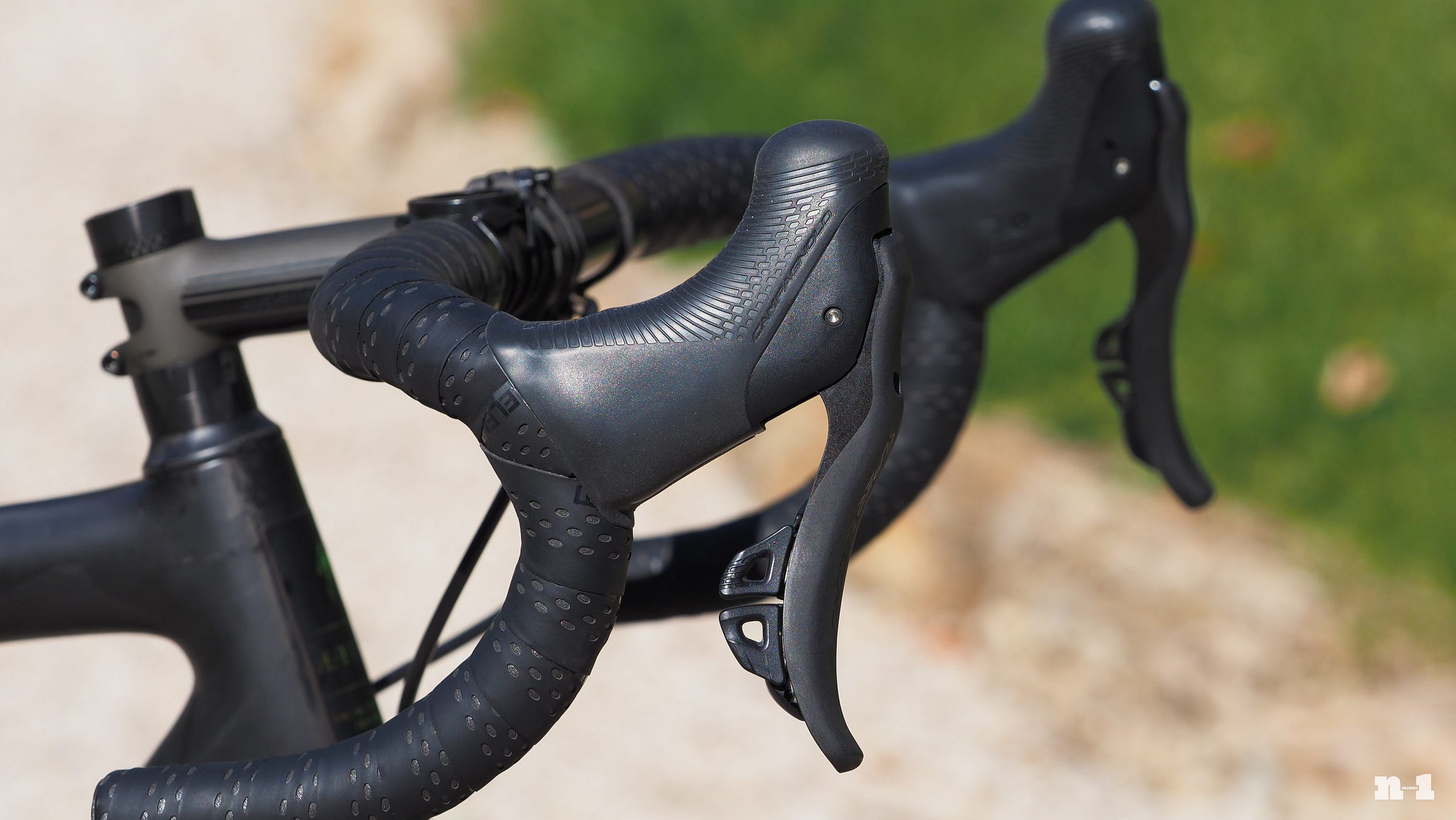
Many long-time Campagnolo fans complained about the new stacked button layout, not just because it was a sea change from the classic thumb paddle design that Vicenza has used for decades, but also because of its questionable ergonomics. I regularly switch between just about every mechanical and electronic groupset under the sun with no issues, but yet even I mis-shift like crazy any time I’ve gotten on SRW. The button placement isn’t terribly intuitive – at least to me – and they’re tricky to distinguish from a tactile standpoint with very little textural difference within each pair.
Campagnolo’s move to downsize both the cassette sprockets and chainrings was also greeted with a decidedly lukewarm reception.
Officially, the redesigned cassettes’ 10-tooth sprockets were a way to incorporate more single-tooth jumps throughout the spread, but in order to maintain more traditional overall ratios, the company also made the chainrings smaller, too, offering just 50/34T, 48/32T, and 45/29T combinations. Granted, SRAM was the first to introduce such a concept on the road in 2019 with that year’s generation of Red AXS, but for whatever reason – perhaps the Campagnolo customer base’s more traditional bent? – it just didn’t go over as well. It was not only a big change visually, but watt-weenies also cried foul in terms of drivetrain friction.
It didn’t help, either, that the new CNC-machined steel cassettes didn’t shift quite as smoothly as the old stuff.
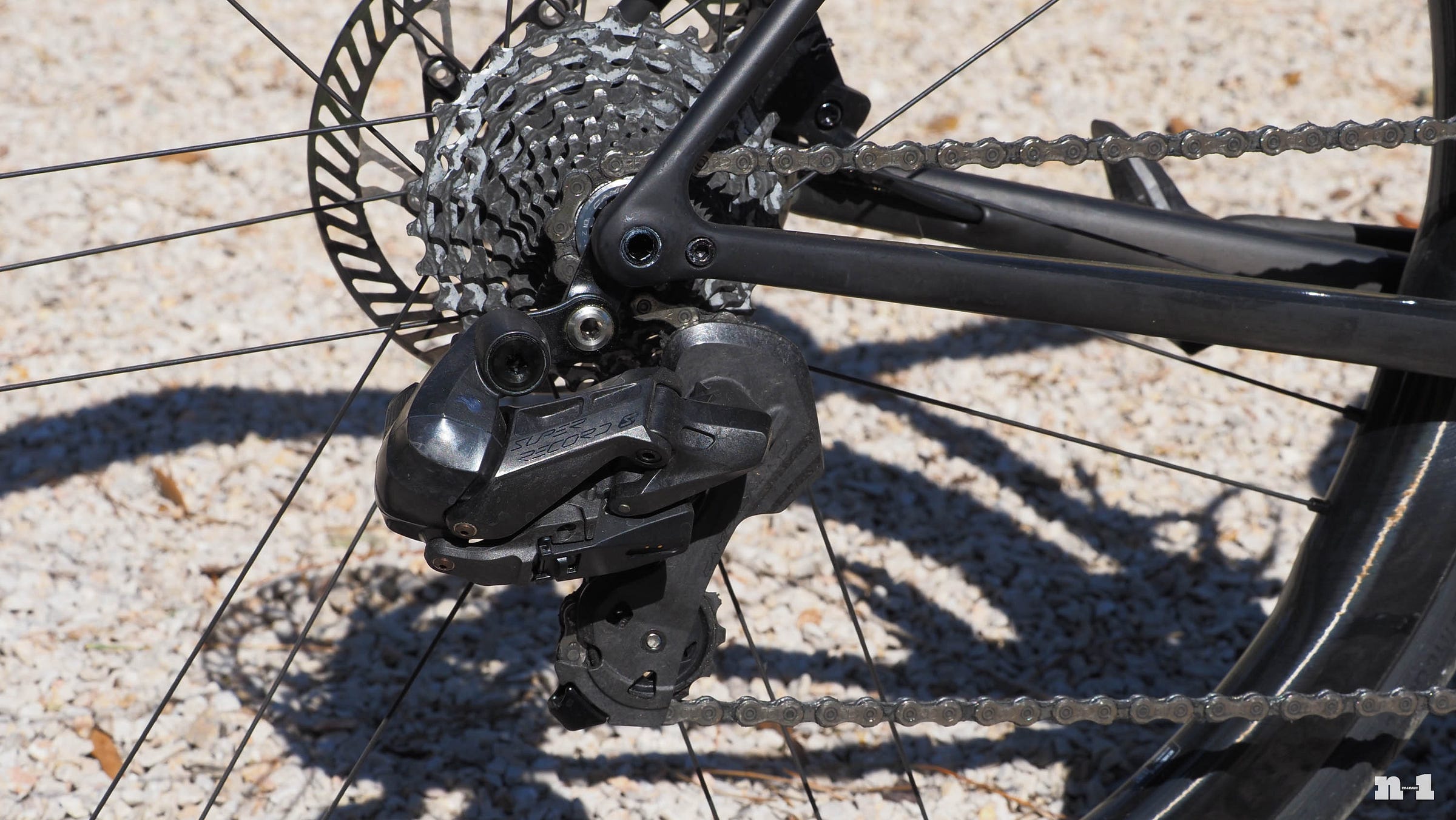
But perhaps the biggest issue holding SRW back from wider adoption was its exorbitant price tag. At a whopping US$5,300 / £4,500 / €5,200 / AU$8,300, it was heaps more expensive than Shimano Dura-Ace Di2 or SRAM Red AXS, and you didn’t even get a power meter at that price – not that that mattered since Campagnolo didn’t even have one available at launch.
Looking in hindsight, the result is perhaps as you might expect.
Component brands normally release groupset updates on a 4-5 year cycle. After all, companies need to amortize the significant cost of the production tooling, it takes time to amass a sufficiently long list of improvements to justify a entirely new generation of parts (not to mention to develop and refine them to levels suitable for production), and even performance-minded riders who like to be on the cutting edge of technology are generally comfortable with the idea of getting at least a few good years of use out of their stuff before they’re ready to throw down for something new.
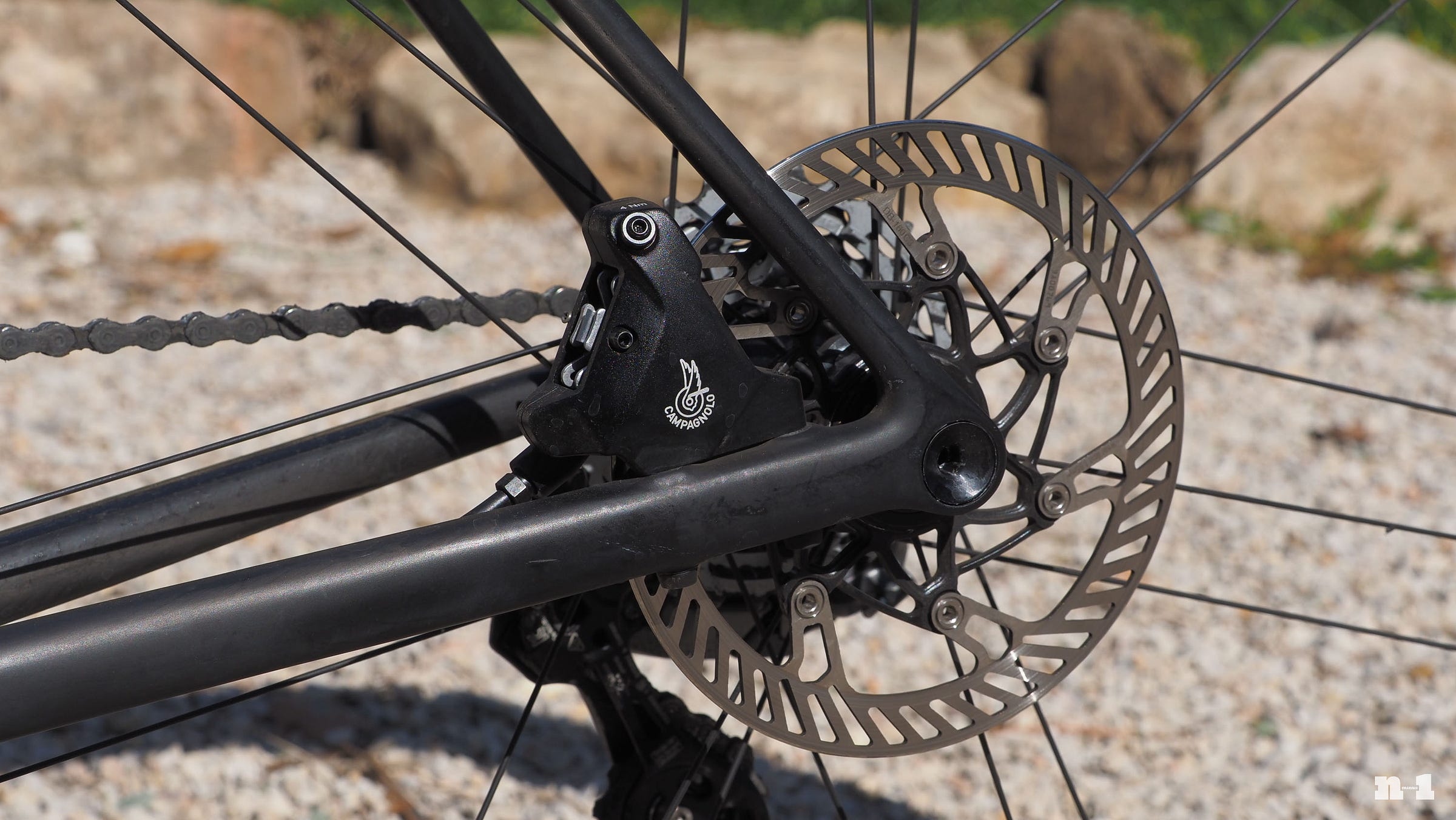
Super Record Wireless, on the other hand, isn’t even two years old, and the somewhat more affordable (emphasis on “somewhat”) Super Record S variant only debuted this past November, differing only in finishes, gearing options, and minor material changes. Nevertheless, we’re already seeing what looks to be a production successor that I’m guessing will be officially released this season. Campagnolo officials I’ve spoken to in recent years insist the brand is on solid financial footing, but even if that’s true overall, I can’t imagine it’s already recovered the development costs of those two groupsets.
I suppose one could make the argument that Campagnolo’s engineers are simply too driven and have been working too fast, and the company doesn’t want to hold back on releasing the improvements to its customers. However, the far more likely explanation for the dramatically accelerated timeline is that SRW simply hasn’t gone over that well and the company is in need of a course correction.
The promise of a new day
At the very least, you can’t say that Campagnolo hasn’t been paying attention as this new groupset looks to remedy some of SRW’s ills.
For one, the thumb buttons are back, and long-time Campagnolo fans will undoubtedly be thrilled to see the overall layout is similar to EPS or even the legacy mechanical stuff. However, they’re situated further back toward the bar clamp and also seem lower down on the body than before. And might they also be actuated by pushing down from the top or up from below? Combined with the revised shape, it should presumably be easier to operate those paddles from the drops (which was always a valid gripe with the thumb paddles in general).
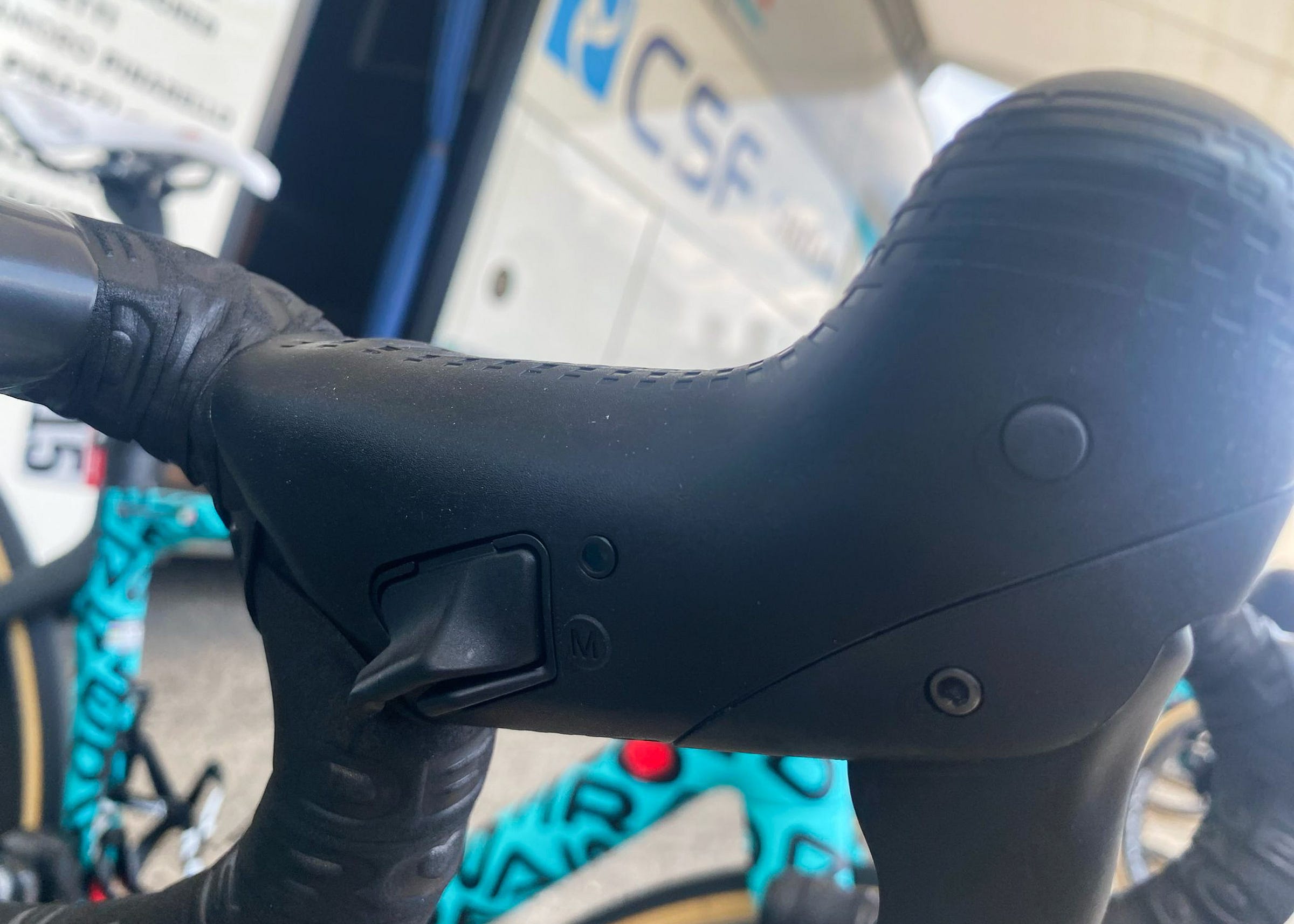
Another complaint with the old thumb button arrangement was that they also weren’t the easiest to operate while stretched out on the hoods – which is essentially the default cruising position on modern bikes for both professionals and amateurs alike. Instead of forcing you to awkwardly crane your thumbs rearward, the new levers sport conveniently located bonus buttons right near the peaks.
Though the peaks seem less pronounced than SRW, the new lever shape otherwise looks largely carryover, which is a good thing in my book. The existing bodies are comfortable in the hands and offer generous real estate to wrap your fingers around, the lever reach is easily adjustable, and they’re generally a nice place to spend some time.
As for that 13th sprocket out back: Is it necessary? Of course not, but adding another gear has long been a Campagnolo strategy to help separate its offerings from its competitors so this should hardly come as a surprise. That 10-tooth small sprocket appears to still be alive and well, but shoehorning in a 13th gear should help further Campagnolo’s message of close ratios so it’s easier to maintain a desired cadence. Conversely, a 13-speed cassette will also more easily allow for a wider range without creating bigger gaps in the middle, as well as the return of more normal-sized chainrings that should not only perform better in terms of drivetrain friction, but are seemingly what long-time Campagnolo traditionalists prefer.
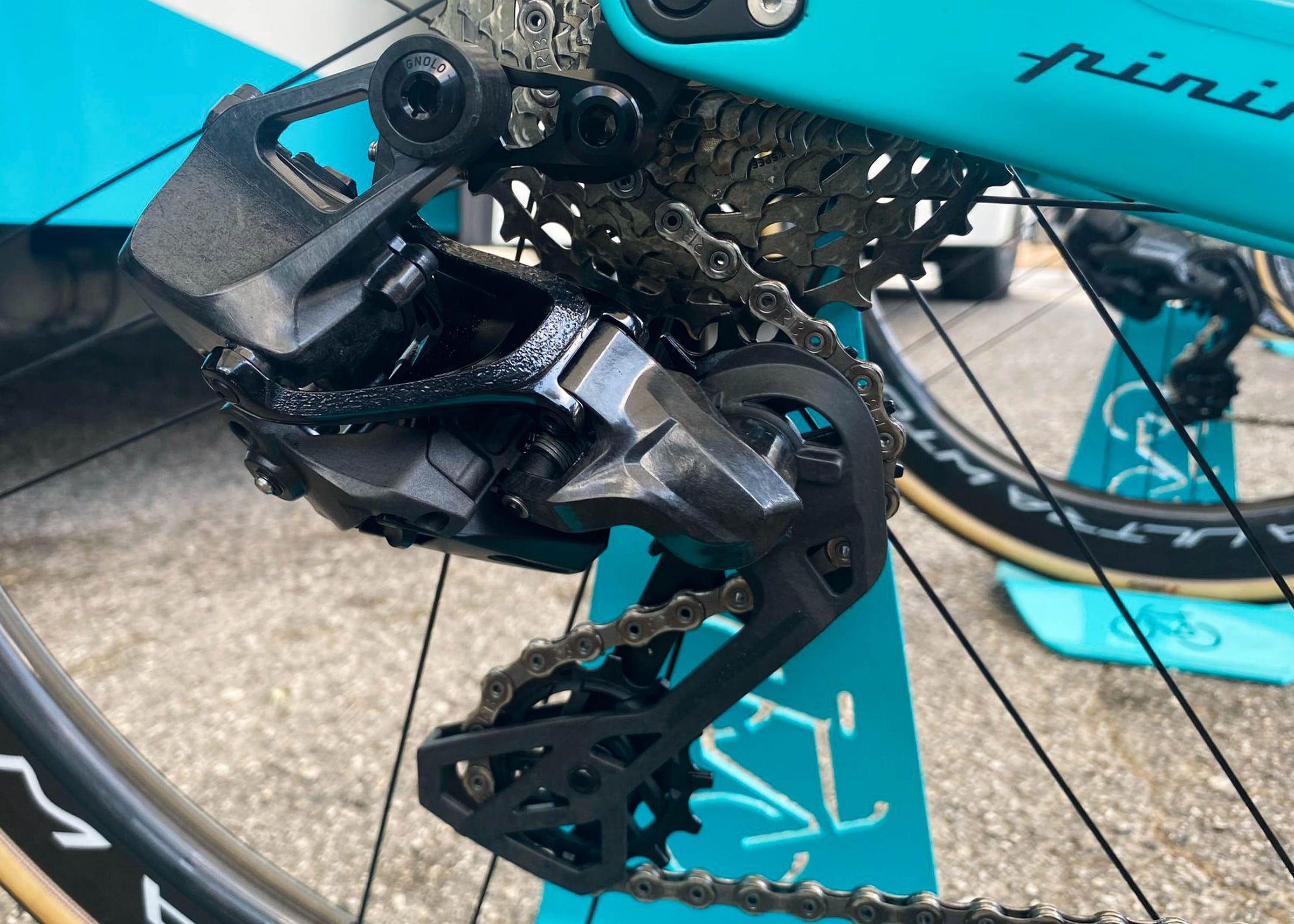
But won’t all of this add weight?
Theoretically, yes, particularly with the expected move back to bigger chainrings. The more skeletal-looking derailleurs at least look like they might partially offset that weight increase, though, and when all is said and done, weight isn’t everything, anyway (plus, whereas weight only mostly matters when going uphill, friction plays a role any time you’re pedaling). Moreover, Campagnolo isn’t exactly a brand that’s relied solely on the numbers to sell its wares – it’s long been the heart pick, not the head one – and I don’t expect that to change now.
Other promising signs? The new stuff appears to be backward-compatible with the current SRW stuff, which will allow for some mixing and matching in case someone prefers one button layout over another. I’d argue it also just looks better.
A big gap to bridge
Much of what I’ve just mentioned is, of course, speculative; Campagnolo hasn’t released any official information nor have I had my hands on the stuff. That said, even if all of the above is correct, Campagnolo still has a massive hill to climb with more than a few obstacles along the way, but a few key changes might yield some significant forward progress.
Keep reading with a 7-day free trial
Subscribe to n-1 to keep reading this post and get 7 days of free access to the full post archives.





